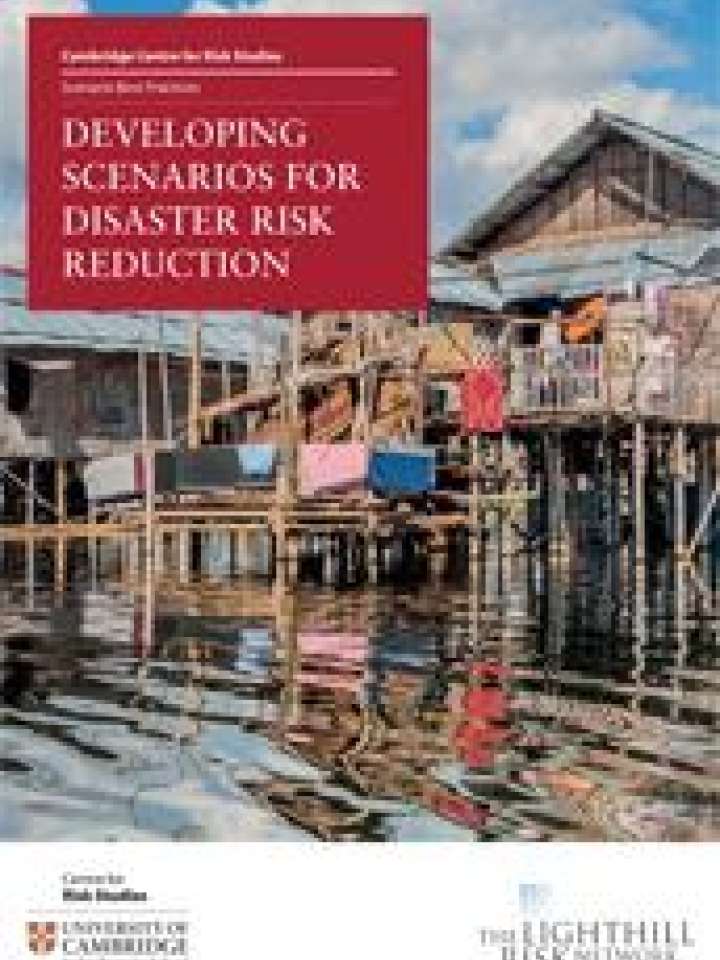Developing scenarios for disaster scenarios for disaster risk reduction
Major disasters are inflicting greater societal and economic impacts over time. Global population growth and economic development are driving an increase in the number of people, systems, and structures exposed to hazards, and the value of assets and investments with the potential for loss. Concurrently, climate change is forcing an increase in the frequency and magnitude of certain extreme weather events, as well as chronic trend risks including water stress, sea level rise, and environmental degradation. Novel and unprecedented anthropogenic threats (including technological, geopolitical, andnancial hazards) also continue to emerge and intensify. These risks are connected with and exacerbated by environmental and social drivers, including climate change, globalisation, and the digitisation of economies. As a result, the global risk landscape is growing more complex and interconnected. The potential for disasters to cascade through systems is increasing, and the impacts of events have greater geographical and temporal reach. Existing and emerging risks present huge uncertainty about the future, and so demand new and improved strategies to reduce disaster risk and build resilience.
Explore further
